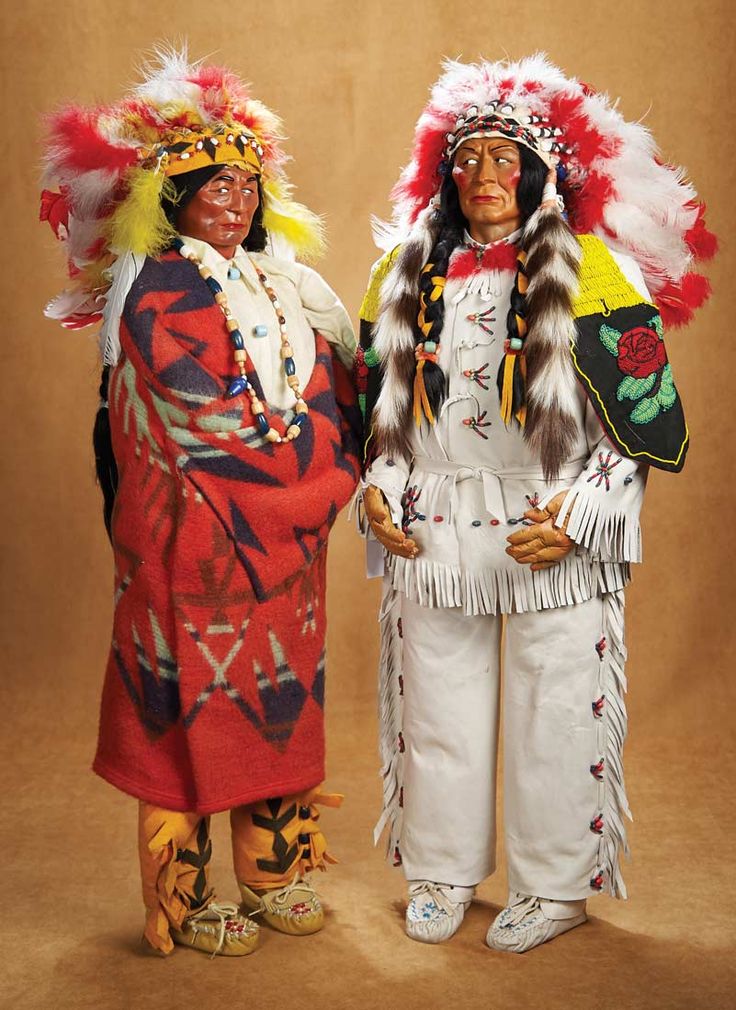|
|
Online Texts
|
|
|
Simon J. Ortiz A New Story (1992) |
|
Instructor's note: Ortiz's poem connects to our study of American Indian origin stories—particularly white Americans' trivializing attitude toward American Indians relative to the dominant culture's European-American explorers ("Sir Francis Drake") and pioneers ("Frontier Day").
Ortiz was born into southwest America's Pueblo Indian culture and primarily spoke a Keresan Pueblo language at home. His education took place in Indian Boarding Schools emphasizing English language and cultural training. Torn between two cultures, Ortiz began reading and writing but pursued a degree in Chemistry and served in the U.S. Army (1963-66). Since then he has written in many forms while also serving as a Pueblo political leader.
Discussion questions: 1. What European-American attitudes toward American Indian cultures and history are expressed by the poem's white characters?
2. The poem is satirical, but how much does its gentle or indirect humor make its cultural criticism subtle, non-threatening, or friendly even while it makes a point?
3. How much does the Indian speaker's taciturnity fulfill or play with an American Indian stereotype: strong and silent, poker-faced or deadpan?
4. If America's creation / origin stories include European-American explorers ("Sir Francis Drake") and pioneers ("Frontier Day"), how does the poem's American Indian perspective offer criticism or second thoughts about these myths?
5. How much does the poem's conclusion signify American Indian identity as that of an American minority ethnic group as opposed to an American immigrant ethnic group? (That is, American immigrant ethnic groups come to America voluntarily with expectations of assimilating to the dominant American culture; American minority ethnic groups like African Americans and Native Americans do not voluntarily join American culture, and attitudes toward their assimilation are often conflicted on both sides.)
![]()
A New Story
![]()
*Fort Lyon in Colorado in 1864 was a U.S. Army base that launched the Sand Creek Massacre of Cheyenne & Arapaho Indians. In the 20th century Fort Lyon served as a sanatorium, a neuropsychiatric facility, a prison, and a homeless-rehab center. [Instructor's note to line 3]
**Sir Francis Drake (1540-96), Elizabethan English sea captain, "privateer," slaver. From 1577-80 Drake's ship The Golden Hind circumnavigated the earth. In 1579 he landed at "Drakes Bay" north of San Francisco and claimed the land as "Nova Albion" or "New Britain."

Mary McAboy, Skookums (Paper Mache American Indian Dolls)


